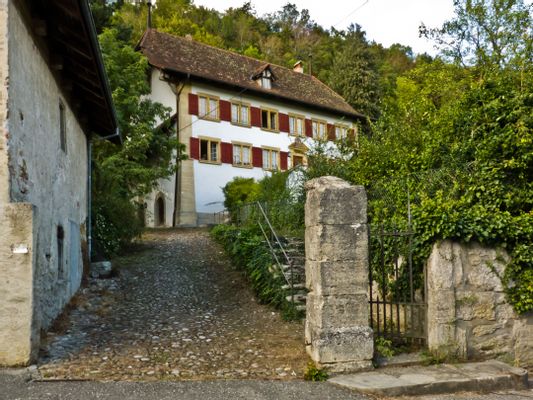Bilingual Swiss city at the foot of Jura mountains, with deep roots in watchmaking. Home to art galleries, chocolate factories, and two universities near Lake Biel.
Biel/Bienne, Switzerland's tenth-largest city, lies at the foot of the Jura Mountains beside Lake Biel. German and French blend naturally in daily life, with both languages visible on street signs and heard in cafes and shops. Walk through medieval streets to find the 15th-century St. Benedict church, watch craftspeople at work in Omega's manufacturing facilities, or take a boat across Lake Biel to the wine-growing village of Ligerz.
Getting to Biel
Direct trains connect Biel to major Swiss cities, with Bern 30 minutes away and Zurich about an hour's journey. Three highways link the city to the rest of Switzerland, and international airports in Geneva, Basel, and Zurich are all within 90 minutes by train.
Exploring the Old Town
The medieval center dates back to the 15th century. St. Benedict's Gothic town church still has its original stained glass windows. Walk through narrow alleys to find guild houses with painted facades, and spot the 16th-century stone fountains decorated with figures from Swiss history. The town hall, built in 1534, stands in the center with its distinctive clock tower.
Watch Industry and Museums
At the Omega Museum on Stämpflistrasse, you can see mechanical watches from the 1800s and handle modern timepieces through hands-on exhibits. Many watch manufacturers set up in Biel during the 1850s, and today you'll find the headquarters of Rolex, Omega, and Swatch across the city.
Cultural Quarter and Museums
Three museums form the heart of the Cultural Quarter: the Neuhaus documents the city's development from medieval times, the Schwab Museum exhibits local archaeological finds from the Stone Age to Roman times, and the CentrePasquArt shows rotating exhibitions of Swiss and international contemporary art.
Lake Activities and Nature
Swim at one of the public beaches along Lake Biel, rent a sailboat, or take a cruise connecting to Lakes Neuchâtel and Murten. The Three Lakes cruise route passes vineyards and stops at medieval towns along the shore. In the Taubenloch Canyon, follow marked trails between limestone cliffs and along the rushing Suze River.
Local Food and Wine
Restaurants around Lake Biel cook fresh perch and pike caught by local fishermen. The sunny slopes north of the lake grow Chasselas grapes for white wine. Visit family-run wineries in Ligerz, where you can also learn about local wine-making history at the viticulture museum. Try regional dishes at La Péniche by the harbor or La Barrique in the old town, both serving wines from nearby vineyards.
Transportation in the City
Verkehrsbetriebe Biel runs the city's buses and trams. Buy tickets before boarding, except on city buses where machines are available inside. You can walk between most attractions in the center within 15-20 minutes.




















